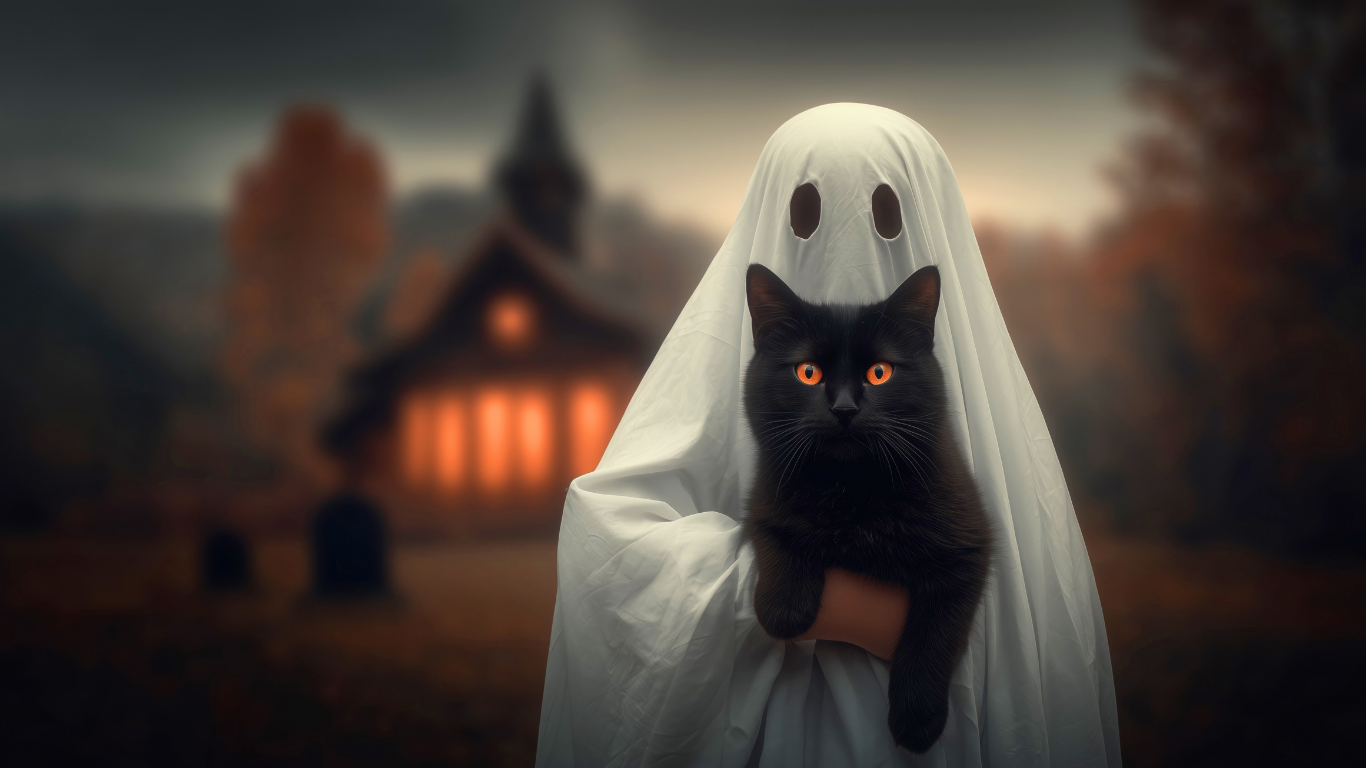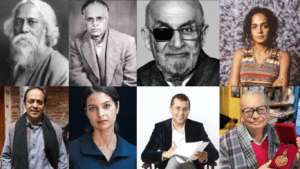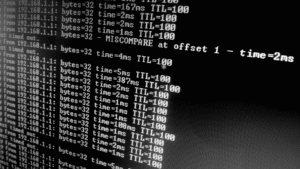Halloween feels like it has been around forever. Kids in costumes, glowing jack-o’-lanterns, and candy buckets overflowing. But where did it all start? Did some clever marketer invent it, or did it grow slowly from old traditions? The truth lies somewhere in between. This holiday we love today is a mix of ancient rituals, religious changes, and modern fun. Let’s walk through its long, winding path from misty Celtic fields to your front porch.
The Ancient Roots in Samhain
Long before anyone said “trick or treat,” people in Ireland and Scotland marked the end of summer with a festival called Samhain. Pronounced “sow-win,” it fell around October 31. For the Celts, this was the night when the veil between the living and the dead grew thin. They believed spirits could wander the earth.
Families lit huge bonfires to ward off ghosts. They left food outside to appease wandering souls. Some wore animalskins or masks to blend in with the spirits. Farmers finished the harvest, and everyone prepared for winter. Samhain wasn’t just spooky; it was practical. It signaled the shift from light to dark, warm to cold.
Archaeologists have found evidence of massive fire pits from 2,000 years ago that match these descriptions. Irish myths written down by monks centuries later talk about heroes meeting fairies on Samhain night. So the bones of Halloween go back at least to 100 BCE, maybe farther.
How Christianity Changed the Game
Fast forward to the 8th century. The Catholic Church wanted to bring pagan communities into the fold. Pope Gregory III moved All Saints’ Day, a feast honoring martyrs, to November 1. The night before became All Hallows’ Eve. That’s where “Halloween” comes from, a simple shortening.
The Church didn’t erase Samhain. It layered Christian meaning on top. Souls in purgatory replaced roaming ghosts. But people kept the bonfires and the costumes. In medieval England, poor folks went “souling,” knocking on doors for soul-cakes in exchange for prayers for the dead. Sound familiar?
By the 1100s, church records mention children dressing as saints, angels, and devils on All Hallows’ Eve. The spooky stayed, but now it had a holy wrapper.
Crossing the Ocean to America
Halloween didn’t explode in the United States right away. Early Puritan settlers in New England frowned on anything that smelled pagan. They banned Christmas celebrations, so Halloween never had a chance.
Things shifted in the 1840s. A massive wave of Irish immigrants fled the potato famine. They brought Samhain customs with them. In cities like New York and Boston, parades and parties popped up. Newspapers described young men in masks pulling pranks, tipping over outhouses, letting livestock loose.
By the 1870s, magazines printed recipes for pumpkin pie and suggestions for “Hallowe’en games.” The holiday was finding its American accent.
The Birth of Trick-or-Treating
Here’s where invention meets tradition. Trick-or-treating didn’t exist in ancient Ireland. It grew in North America during the early 20th century.
In the 1920s, civic groups wanted to curb vandalism. They organized supervised parties and suggested kids ask for treats instead of playing tricks. A 1939 article in American Home magazine laid out the rules: ring the bell, say “trick or treat,” accept candy politely.
World War II sugar rationing paused the custom, but it roared back in the 1950s. Suburbs boomed. Candy companies saw gold. Companies like Brach’s and Mars printed the first Halloween-themed wrappers. Suddenly every porch became a candy station.
Jack-o’-Lanterns: From Turnips to Pumpkins
The glowing faces on doorsteps started with a stingy Irishman named Jack. According to folklore, Jack tricked the devil twice but couldn’t enter heaven or hell. Doomed to wander, he carved a turnip and put a coal inside for light. People in Ireland carved scary faces into turnips or potatoes to scare him away.
When immigrants reached America, they discovered pumpkins, bigger, softer, perfect for carving. By the 1860s, newspapers described “pumpkin lanterns” at Halloween parties. The switch turned a humble root vegetable into an icon.
Costumes Through the Ages
Early costumes were simple. A sheet for a ghost, charcoal on the face for a witch. Department stores in the 1930s sold paper masks of Mickey Mouse or Popeye. After World War II, plastic masks and vinyl capes flooded five-and-dime stores.
The 1970s brought homemade creativity again. Parents sewed superhero capes. Then Hollywood took over. Star Wars, E.T., Harry Potter, every blockbuster spawned a costume aisle. Today adults spend as much as kids, dressing as pop-culture memes or punny food items.
Modern Halloween Around the World
Halloween isn’t just American anymore. In Mexico, Día de los Muertos overlaps on November 1 and 2, but sugar skulls and marigolds have blended with jack-o’-lanterns. Japan hosts massive costume parades in Tokyo. Ireland now imports American-style haunted houses.
Global candy sales top $3 billion each October. Theme parks build elaborate scare zones. Streaming services drop horror specials. What began as a harvest rite now fuels a worldwide industry.
Why Halloween Keeps Evolving
Every generation adds something. The 1990s gave us glow sticks and teal pumpkins for food allergies. Social media turned costumes into viral moments. Eco-conscious families carve foam pumpkins or skip single-use plastic.
Yet the core stays the same: one night to face the dark, laugh at fear, share with neighbors. Whether you see Halloween as ancient ritual or clever marketing, it works because it lets us play with the boundary between real and pretend.
FAQ
Q: Did candy companies invent Halloween?
A: No. Candy makers jumped on an existing holiday in the 1950s, but the roots go back 2,000 years.
Q: Why do we carve pumpkins instead of turnips?
A: Immigrants found pumpkins easier to carve and more plentiful in America.
Q: Is Halloween a religious holiday?
A: It started with pagan and Christian overlap. Today most people treat it as secular fun.
Q: When did trick-or-treating begin?
A: The phrase appeared in print in 1939, but the custom grew slowly from the 1920s.
Q: Do other countries celebrate Halloween the same way?
A: Customs vary. Mexico blends it with Día de los Muertos; Japan focuses on costumes and parades.




